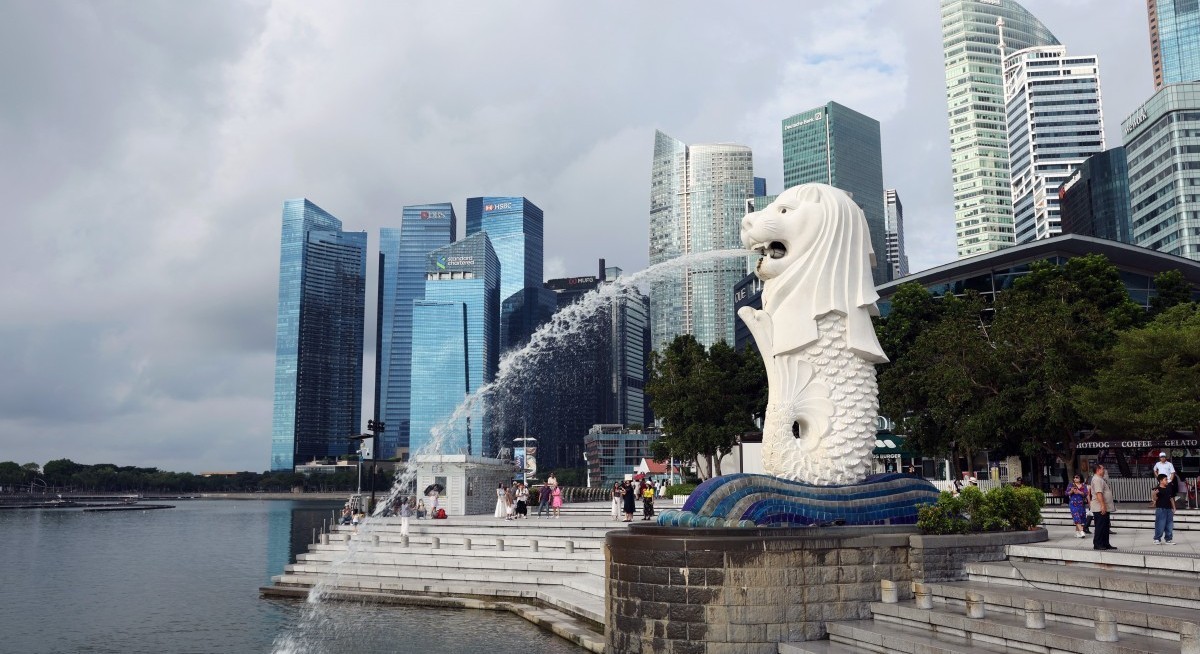In the near term, Vu and Batra believe the index constituents should benefit from further support measures, including any exchange-traded funds (ETFs) that may be created to track the indices and the upcoming deployment of funds from the Monetary Authority of Singapore’s (MAS) $5 billion equity market development programme (EQDP).
MAS is appointing fund managers with fund strategies to invest in local small- and mid-caps. In July, MAS announced Avanda Investment Management, Fullerton Fund Management and JP Morgan Asset Management as the first batch of asset managers, which will receive a combined initial sum of $1.1 billion among them.
In a Sept 22 note, the JPM analysts note that a 30% allocation to small- and mid-cap stocks from the EQDP funds could lead to an inflow of some $1.5 billion, or about nine days’ turnover of the iEdge Singapore Next 50 Index.
See also: SGX’s ‘Next 50’ indices to benchmark and help funnel potential components into STI
To qualify for the iEdge Singapore Next 50 Index, constituents must meet a minimum market capitalisation of $100 million, daily traded value of $100,000 and have at least 15% free float.
Index constituents are weighted using a capped liquidity weighting scheme, based on their six-month median daily traded value, with a maximum weight cap of 5% per individual stock.
See also: JP Morgan thinks STI could hit 6,000 points in 12-month ‘blue sky’ scenario
Since its inception date in June 2014, the iEdge Singapore Next 50 Index has underperformed the STI, with its 43% total return below the STI’s 108%.
However, year to date, the iEdge Singapore Next 50 Index has delivered a 24% gain, outperforming the STI’s 14% in Singapore dollars.
High growth, high valuation
With 19 members accounting for 46% weighting, real estate is the largest sector in the iEdge Singapore Next 50 index — mainly due to REITs.
This is followed by industrials (15%), financials (11%) and consumer staples (8%).
Among the companies covered by analysts, the average earnings growth expectation is 14% in 2026 with a projected 5.1% dividend yield, higher than the STI constituents’ average of 9% growth and 4.8% yield.
For more stories about where money flows, click here for Capital Section
Thus, the iEdge Singapore Next 50 Index trades at a higher multiple, with an average 2026 price-to-earnings (PE) of some 20.8 times versus the STI’s average of 16.2 times.
Currently, the iEdge Singapore Next 50 Index has a total market capitalisation of $87 billion, and daily liquidity of some $170 million.
JPM’s 6,000 STI target
On Sept 21, Vu and Batra raised their 12-month bull target on the Straits Times Index (STI) to 6,000 points, up from 5,000 points previously. The analysts had just raised their end-2025 STI bull target to 5,000 points from 4,500 points in July.
“We believe global rate cuts and a weaker US dollar will boost liquidity [and] asset valuations in Asian markets,” say Vu and Batra. “Singapore has been among the countries that have seen strong capital inflows so far in 2025, which has led to the Singapore dollar firming up and interest rates declining sharply.”
JPM economists expect the US Federal Reserve to cut the policy rate by 75 basis points (bps) over the next six months. “Thus, liquidity expansion would continue in the future, which in our view, will support flows into Singapore equities,” say JPM’s analysts.
Singapore remains JPM’s top overweight country within Asean, add Vu and Batra.
Infographics: JP Morgan
Read more about the iEdge Singapore Next 50 Indices:
JP Morgan thinks STI could hit 6,000 points in 12-month ‘blue sky’ scenario (September)
Will the 'Next 50' draw allocation from the STI component stocks? (September)
SGX’s ‘Next 50’ indices to benchmark and help funnel potential components into STI (September)
Read more about ongoing measures to enhance the Singapore equities market:
MAS picks Avanda, Fullerton, JP Morgan under $5 bil Equity Market Development Programme (July)
MAS to consult on ways to enhance investor recourse (July)
Equities market review group targeting ‘mid-sized but good-sized’ companies to list in Singapore (February)
Proposing equity market changes a ‘balancing act’ that comes with ‘trade-offs’: Chee Hong Tat (February)




